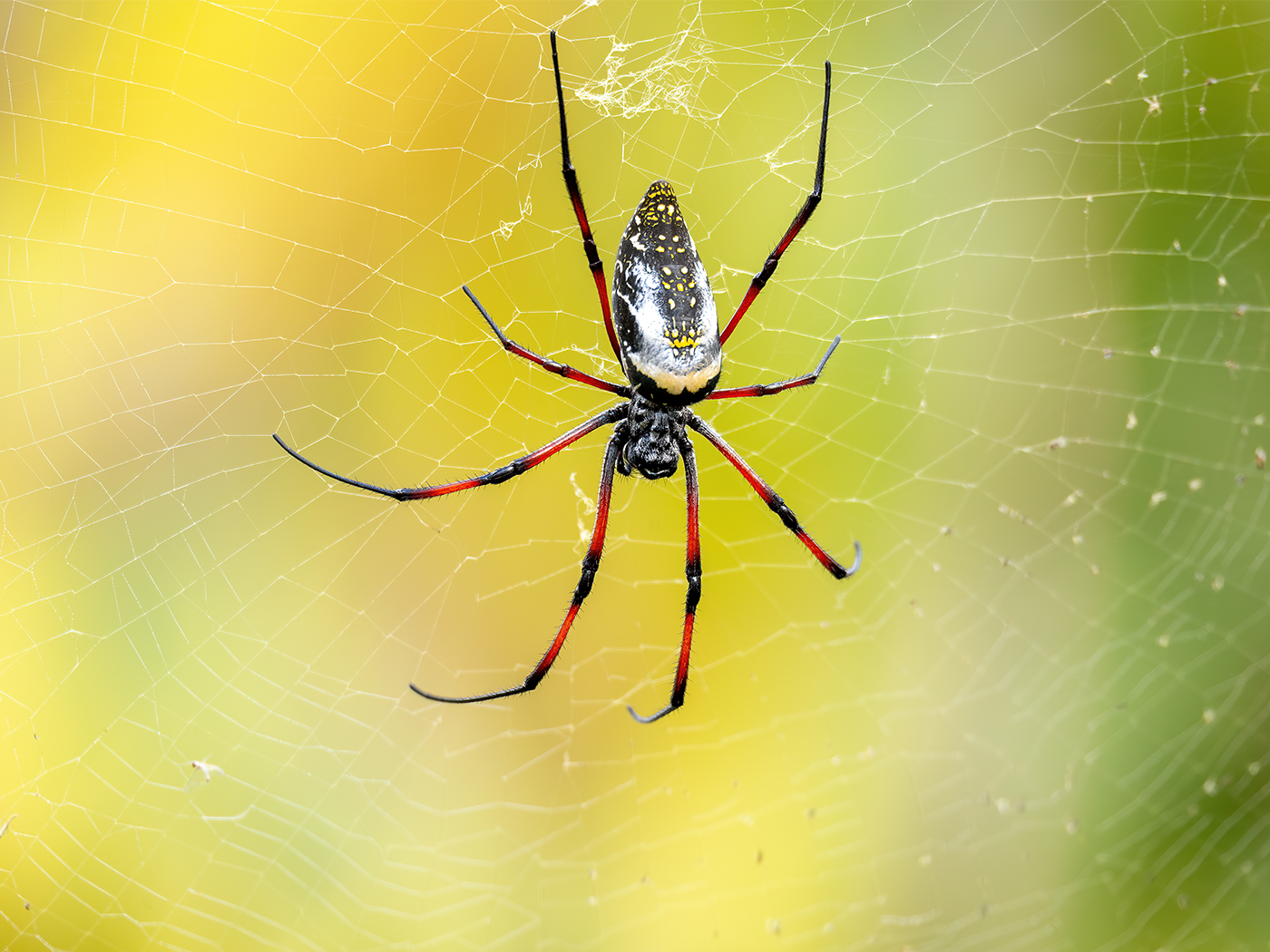Biologists have long noted that unlike most animals, humans have sclera—that white ring around the iris. In the ICR video Adam or Apes, I tried to explain that humans discern many unspoken messages just through interpreting our uniquely human eyes. For example, eye contact informs the degree of engagement, and eye direction—such as an eye roll—can express exasperation or guilt. Critics of our video countered that animals actually do have visible sclera, as if that was the relevant topic. New research published in the Journal of Human Evolution confirms that some wild chimpanzees have visible sclera. Are our eyes still uniquely human? Three observations confirm it.
First, unwary viewers may fall prey to a bait-and-switch argument. It essentially goes like this: Since uniquely human white sclera enables uniquely human communication, and since some animals also have sclera, therefore human eyes are not unique after all.
Is this a valid conclusion? Not at all, for it remains logically possible for all humans to have and use sclera while a few animals happen to have but do not use their sclera the same way. And, in fact, that is the case. Visible sclera in some animals is the bait in this argument, and uniquely human eyeball-oriented communication is the switch.
Just because an animal has some visible whites of its eyes does not mean that others in its troop can discern any information from them.
A second observation that confirms uniquely human use of visible sclera for communication follows from the new study’s main finding. They wrote, “sclera occurs at small but non-trivial numbers in Pan troglodytes (chimps).”2 In other words, the big majority of chimps still have no sclera. If chimps could use their sclera to discern information like interest level through gaze length, anger level through degree of squinting, happiness level through sclera diameter, etc., like we do, then they would all have sclera.
This evolutionary study and others like it instead ask merely about the distribution and size of sclera in animals, as if that’s all one needs in order to chat with folks. Questions about how human communication began need only look at communication. We also need—and humans are born with—the software that runs our uniquely human sclera hardware.
Ironically, scientists have already deciphered that chimp interpersonal communication software gathers more information from rumps than from faces!
Finally, the human evolution study authors wrote in their conclusion, “Our findings do not support or refute prior hypotheses for the function of white sclera in humans.”2 Here, they admit that sclera in some individual chimps and some other individual animals say nothing about the real question of interest—why all healthy humans have both sclera and the innate ability to communicate in another dimension with other fantastic, familiar faces.
That shortcoming didn’t stop them from wild speculation, as if counting sclera in today’s animals is somehow sufficient to explain how yesterday’s humans all had them. They wrote, “Given that evolution by natural selection acts on variation, it is not surprising that our closest living relatives provide compelling glimpses into our unusual eyes.”2
What a faith statement! Natural selection here, as usual, substitutes for an actual Creator. Authors imbue the phrase with imagined power to act even though it is not a real actor. Next, animals are assumed to be human relatives despite universal discontinuity between the two. Last, their actual findings provide no glimpse at all (by their own admission above) into the origin of our human eyes. The only shred of their closing statement that accords with observation is that we humans do indeed have “unusual eyes.”
Reference
1. Adam or Apes.2. Clark, I.R. et al. White sclera is present in chimpanzees and other mammals. Journal of Human Evolution. 176(2023): 103322.
3. E.g., Caspar, K.R. et al. 2011. Ocular pigmentation in humans, great apes, and gibbons is not suggestive of communicative functions. Scientific Reports. (2021) 11:12994.
4. Kret, M. E., and Tomanoga, M. 2016. Getting to the Bottom of Face Processing. Species-Specific Inversion Effects for Faces and Behinds in Humans and Chimpanzees (Pan Troglodytes). PLOS ONE. 11 (11): e0165357.
* Dr. Brian Thomas is Research Scientist at the Institute for Creation Research and earned his Ph.D. in paleobiochemistry from the University of Liverpool.





















